Do Cabins Have Plumbing?
Do cabins have plumbing?
This is a frequent question that most people ask when investing in a cabin to spend the weekends in or as a way to earn extra income.
So, Do Cabins Have Plumbing?
Since off-grid cabins are usually constructed in the wilderness or in wooden areas, it needs to have some of the essentials in order for one to survive, which includes plumbing. The good news is that log cabins or off-grid cabins have plumbing and electricity, depending on where the cabin is located.
As outdoor enthusiasts, the first thing one invests in is an off-grid cabin, especially one that’s close to your favorite spot or hunting area.
As owners of an off-grid cabin, we can provide you with all the information you need pertaining to cabin plumbing and much more.
Do Cabins Have Plumbing?
It is no surprise that the installation of the plumbing system is one of the most intricate and demanding aspects of building a log home.
Because it is critical to have a system in place that allows for simple draining of sewage water out of the cabin and delivering clean and fresh water into the home, the plumbing system demands careful attention and planning.
It’s also crucial to make sure the plumbing isn’t broken since this might result in the mixing of fresh and sewage water, as well as waterlogging.
How Do You Get Water in a Cabin?
Polyethylene or galvanized steel pipes are suitable solutions for delivering freshwater from a fresh water source such as a storage tank or a well.
Although galvanized steel pipes are more durable, they are not suitable for hot water pipelines.
Polyethylene pipes are also more flexible, making them better for residential cabins.
Pumps for pumping water from cisterns, wells, and storage tanks, for example, must be compliant with the requirements of the residential cabins.
The capacity of the suction pumps is determined by the log cabin’s height above sea level, which is lowered by one foot for every 1000 feet above sea level.
As a result, knowing the height of the area above sea level where the residential cabin is being built is crucial, and the appropriate pumps must be employed accordingly.
The height of the storage tank must also be considered when choosing a pump since it will be lifting the water. Pumps have specified capabilities for raising water to various heights.
Therefore, as part of the plumbing system, only a pump capable of lifting water to the storage tank, which will be higher, should be used.
Drain pipes must be chosen and installed with caution for obvious reasons.
These pipes transport sewage from the residence to the garbage can.
Sewage often contains substances that induce pipe corrosion and cause severe damage over time.
As a result, high-quality pipes must be purchased to ensure minimal corrosion over time.
They must also be installed carefully to avoid damage during the installation procedure.
Repairing or replacing these pipes on a regular basis is not an option because they will be put on the inside walls of the residential cabin.
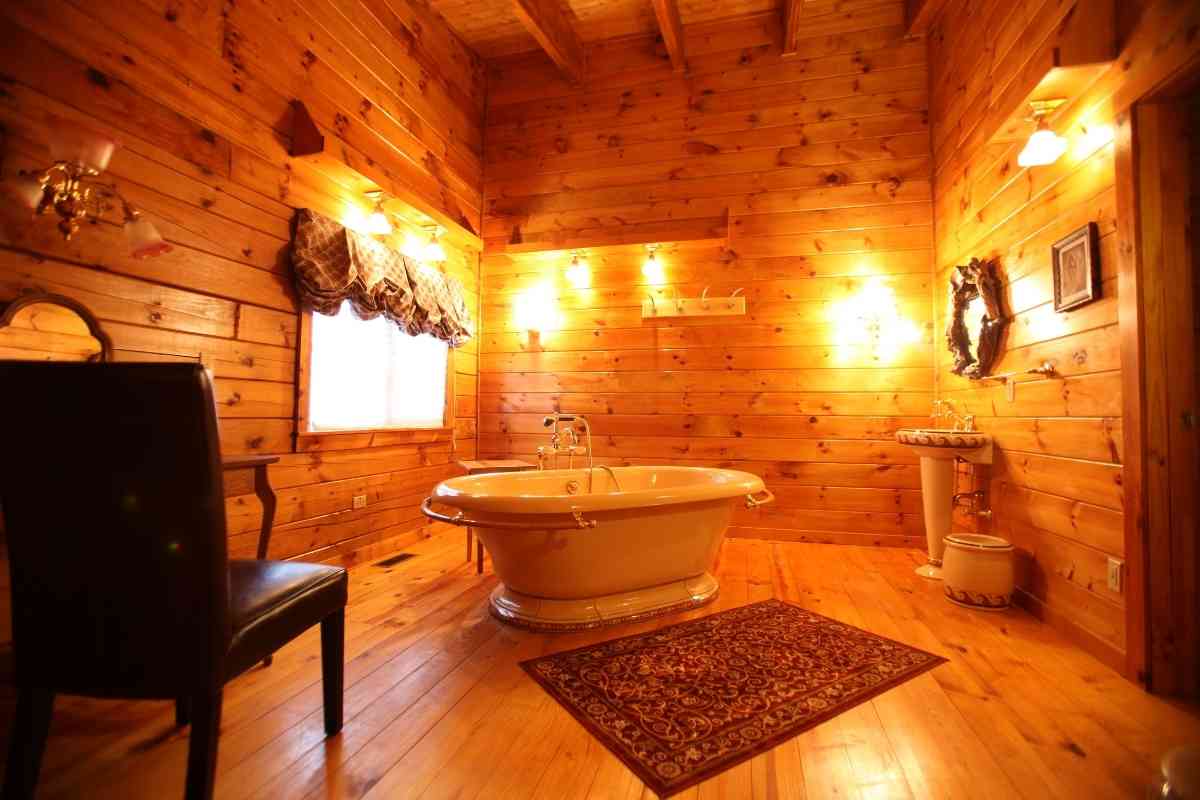
How do I Run Plumbing for a Small Cabin?
While the residential cabin is being built, the pipes utilized in the plumbing system must be fitted properly.
The pipes and fittings are usually routed through the walls and are installed on the inner walls.
It’s crucial to get them placed correctly while the cabin is being built since changing them afterward will be tough.
The pipes are protected from the elements by being installed on the inside walls.
It’s critical to check that the fixtures are correctly installed to avoid leaks.
In the case of residential cabins, the entire plumbing system and its components must be of high quality to avoid future problems.
Because the plumbing system has several requirements, such as storage, sewage, and septic tanks, local authority approval is required, and all elements of the plumbing system and their quality must meet the specifications and approvals of the local authorities.
After the pipes have been properly built, it is critical to build high-quality septic tanks.
It’s also crucial to figure out where the septic tank will be installed, especially if the residential cabin is in a cold climate.
The pipe connecting the septic tank’s outlet and inlet, as well as the tank itself, must be below the frost line for the location in which the tank is installed.
Water storage tanks and pipes must take such safeguards to prevent the water in the tanks from freezing.
To avoid leaks, the pipes used in the toilet for flushing and the flush tank must be of excellent quality.
The way a plumbing system is installed and maintained impacts its efficiency and, more critically, helps minimize additional expenditures that may be paid if the plumbing system’s quality is poor.
Because most of the plumbing system’s pipes run through the cabin’s internal walls and tanks are built based on various environmental criteria, replacing them is difficult without causing major damage to the cabin.
Repair and maintenance expenses will skyrocket as a result of this.
Can You Plumb a Log Cabin?
Let’s take a look at how water works on the grid to have a better understanding of off-grid water solutions.
Water supply lines link to enormous subterranean pipes transporting pressured, pre-treated water in a typical metropolitan home.
A drilled well might be your water supply if you live in the country.
In any case, the supply pipes deliver clean water to the home’s taps and toilets.
Toilet and shower waste runs through gravity-fed drain pipes, eventually joining subterranean sewage pipelines that route to a purification facility.
Some of the incoming water is warmed in a water heater before being sent to taps that require hot water.
In case you were wondering, there are two ways to bring flowing water into an off-grid cabin: electrically if you have one or manually if you don’t.
You’ll inevitably make a few changes to how you set up your cabin and what works best for you until you find the perfect solution, but once you get there and settle into the regular maintenance of a dry cabin lifestyle, you’ll find that it’s much easier than you think, and living day to day isn’t as difficult as it’s been made out to be.
You’ll appreciate all of the modern conveniences that many people take for granted once you’ve tried living in a dry cabin, and also experience a sense of satisfaction knowing that you can make life work on your own.
One of the nicest things about living in a dry cabin is being able to track how much water you waste on a weekly basis.
Apart from drinking water, you should only have one or two grey water containers beneath your sink that need to be emptied once a week or so.
It’s really satisfying to know that you’re helping the environment while also escaping the shackles of contemporary life and supporting yourself via hard labor.

![Are Poplar Logs Good For Log Cabins? [And Why?!]](https://freedomresidence.com/wp-content/uploads/2022/05/Are-Poplar-Logs-Good-for-Log-Cabins-1-768x512.jpg)
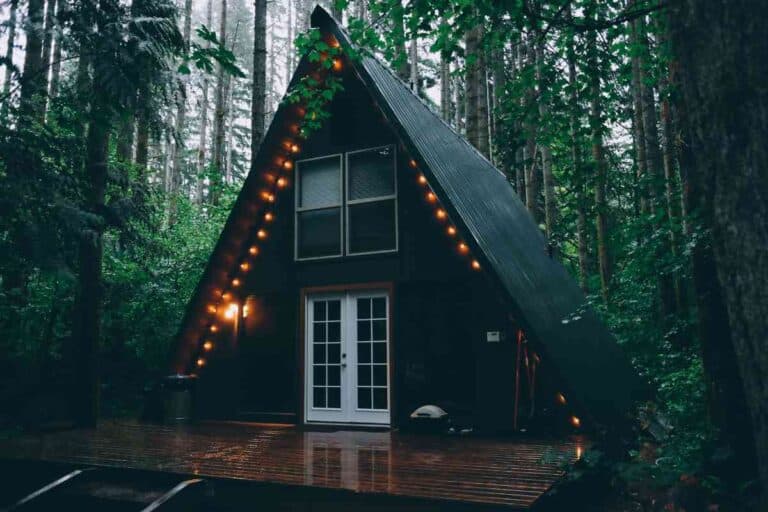
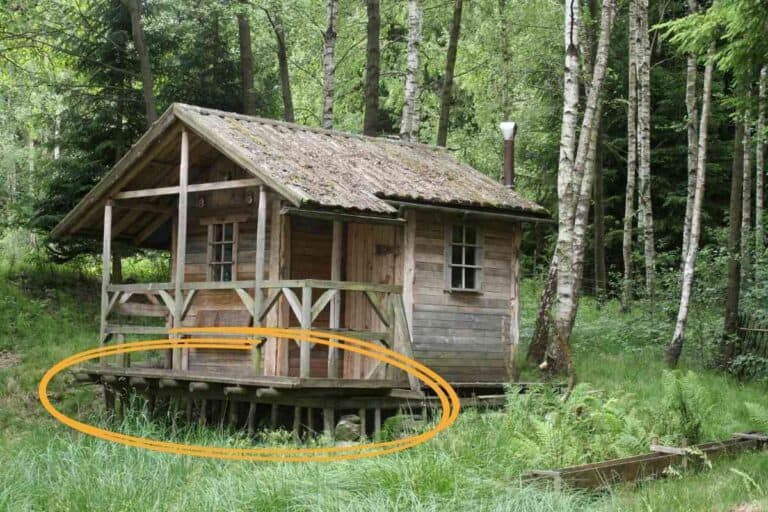
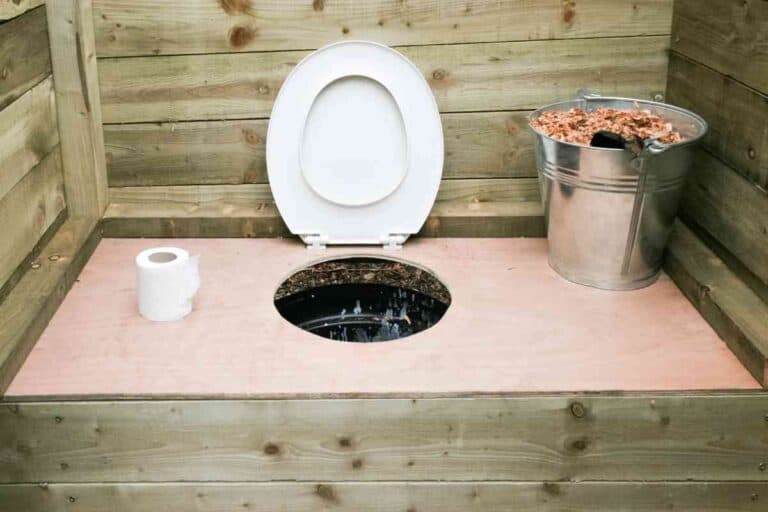
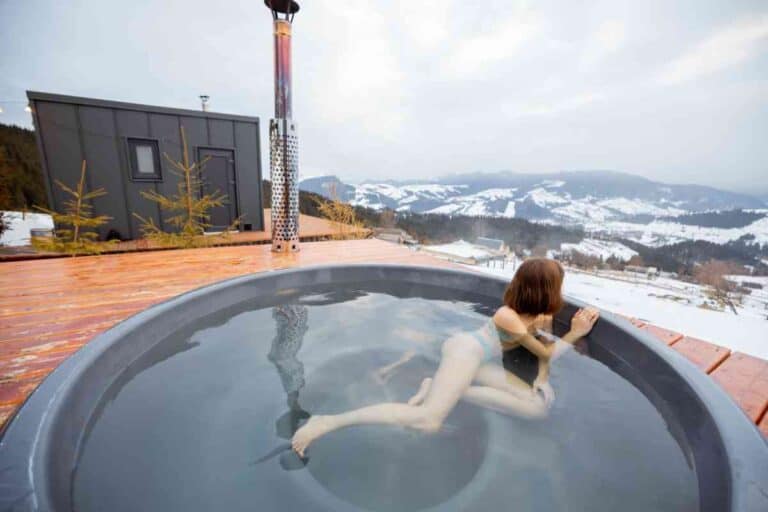
![Can Log Cabins Be Dismantled? [Tips To Do It Right!]](https://freedomresidence.com/wp-content/uploads/2022/05/Can-Log-Cabins-Be-Dismantled--768x512.jpg)